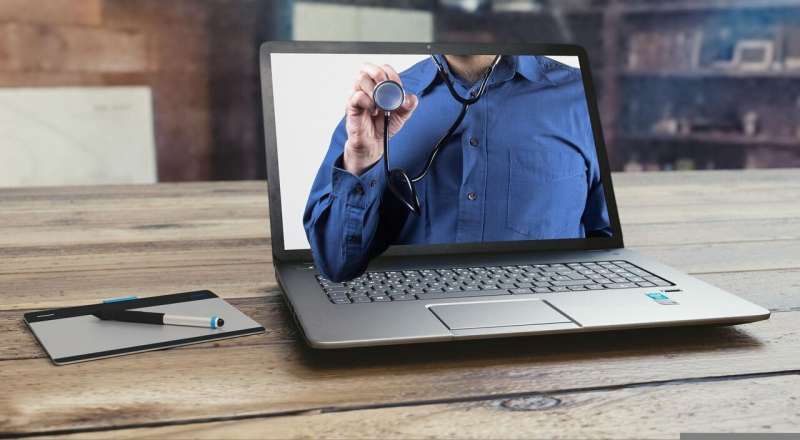thuoc clarithromycin thuoc nhom nao


In a study published today in the Journal of General Internal Medicine, researchers at the Icahn School of Medicine at Mount Sinai paint a first-of-its-kind nationally representative portrait of the health care needs of older homebound Americans. An estimated 2 million strong and growing, this population has been at once invisible and extremely costly to the health care system. The researchers point to a home-based care model as the solution to better care and a more efficient allocation of health care dollars.
Benjamin Oseroff, a third-year medical student at Icahn Mount Sinai, led the study, cordarone food titled “Patterns of Healthcare Utilization and Spending Among Homebound Older Adults in the U.S.: An Observational Study.” Working with his mentor and co-author, Katherine Ornstein, Ph.D., MPH, Adjunct Associate Professor of Geriatrics and Palliative Medicine, Icahn Mount Sinai, and Director of the Center for Equity in Aging at Johns Hopkins University, Mr. Oseroff tapped data from the National Health and Aging Trends Study (NHATS). The authors used the NHATS data, a nationally representative survey of older adults, to identify older adults who are homebound (rarely or never leave the home) and then linked these data to Medicare fee-for-service (FFS) claims to measure their health care utilization and spending.
“The homebound are disproportionately Hispanic and Black non-Hispanic, medically and socially complex, and isolated. And their numbers are rising,” says Mr. Oseroff, who became interested in studying the homebound after shadowing a Mount Sinai physician, Peter Gliatto, MD, Professor of Medicine (General Internal Medicine), Icahn Mount Sinai. Dr. Gliatto helps lead one of the oldest home health care programs in the country, Mount Sinai Visiting Doctors.
A resident of Harlem, Mr. Oseroff found himself paying house calls on his neighbors. “By shadowing Dr. Gliatto, I started to better understand my community and the larger homebound population, which by all accounts is a truly high-needs population,” says Mr. Oseroff.
The study provides a striking picture of homebound patients who are frequent users of hospital-based care. Mr. Oseroff and colleagues estimate that 40% of homebound older adults had a hospitalization annually, compared to 20% of non-homebound older adults. As a result, total annual Medicare spending is $11,346 higher among the homebound compared to the non-homebound. Mr. Oseroff and his coauthors report that homebound adults aged 70 and older accounted for 11% of total Medicare FFS spending in 2015, despite making up only 5.7% of the Medicare FFS population at this age.
“The homebound are even more concentrated among the top spenders, making up nearly 14% of those in the 95th percentile or above of Medicare spending,” says Mr. Oseroff. “In light of these findings, the homebound represent a critically important population to target for quality improvement and reductions in Medicare spending.”
One of the factors driving these high costs, suggest Mr. Oseroff and his coauthors, is the finding that the homebound are not using outpatient care; for example, they are not regularly seeing a primary care provider or geriatrician. Despite being older and more medically complex (multiple comorbidities, frequent dementia), only 61% of homebound older adults had an annual primary care visit in comparison to 72% of non-homebound older adults.
“When we adjusted for demographic, clinical, and geographic differences, we found the homebound have a negligible increase in the probability of having a home health visit compared to the non-homebound, suggesting that the gap in outpatient care is not being addressed by a home-based care model within Medicare. It’s concerning but not surprising; the finding is consistent with well-known barriers in Medicare to accessing home health services,” says Mr. Oseroff.
During the COVID-19 pandemic, telemedicine as a means of safely providing medical care became a popular option. And while telemedicine might seem like an obvious solution for treating the homebound, an investigation into telehealth access during the early months of the pandemic by Drs. Ornstein and Gliatto, found otherwise. Their paper, “Barriers to telehealth access among homebound older adults,” published in April 2021 in the Journal of the American Geriatrics Society, describes numerous barriers to telehealth.
“The types of barriers we uncovered ran the gamut from lack of broadband access to lack of support help to use the technology, and cognitive and sensory impairments. In this population, older age may compound some of the inequalities that this population is already facing,” says Dr. Ornstein. “A high-tech solution will not always work for this high-need, medically and socially complex population.”
Dr. Gliatto, the doctor who brought Mr. Oseroff along on home visits, has been part of the close-knit team of Mount Sinai Visiting Doctors for nearly 20 years. “There are many patients for whom the bricks-and-mortar hospital systems and clinics are just not effective,” says Dr. Gliatto.
Since its inception 25 years ago, the program has trained hundreds of doctors like Mr. Oseroff in the importance of providing medical care in the home setting. One of the largest academic home-visit programs in the nation, Mount Sinai Visiting Doctors serves more than 1,000 homebound New Yorkers through a clinical team of nurse practitioners, social workers, and doctors who provide comprehensive primary and palliative care. Making approximately 6,000 house calls a year, Mount Sinai Visiting Doctors has also become a unique and vital training ground for medical students.
Source: Read Full Article